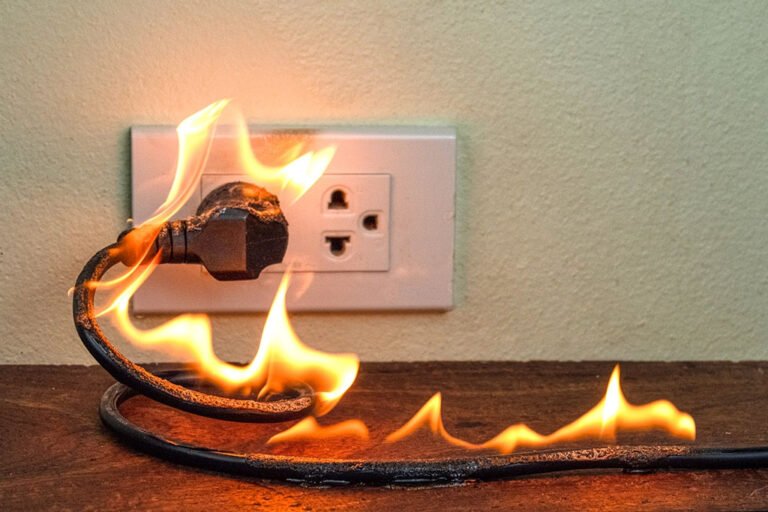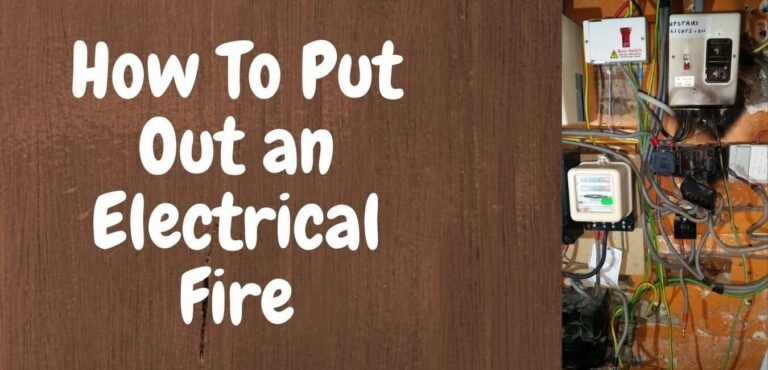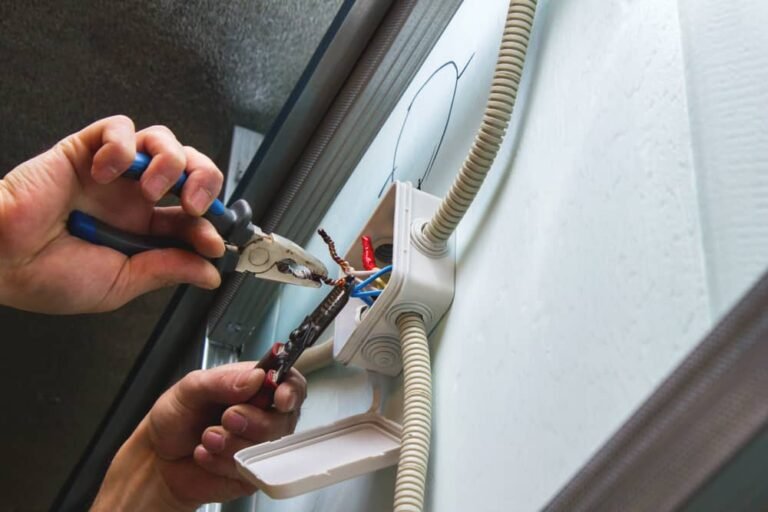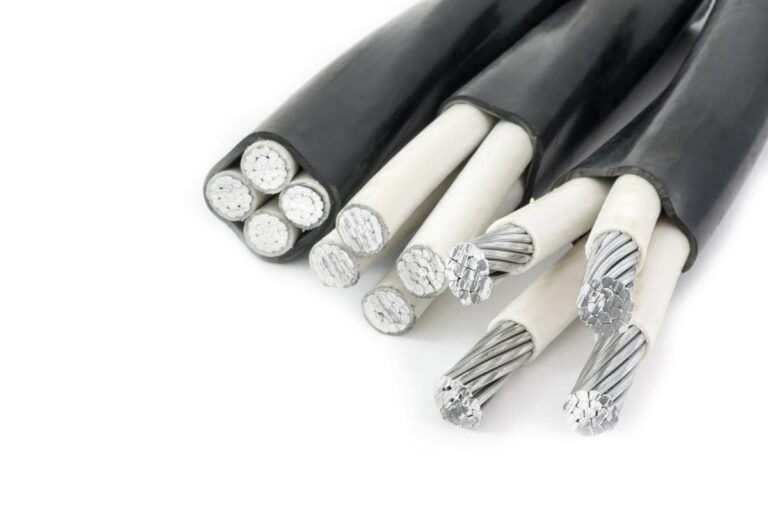How Do Electrical Generators Work
Have you ever wondered, “How do electrical generators work?” Electrical generators play a crucial role in modern society by converting mechanical energy into electrical energy. In this article, we’ll explore the fundamental principles behind generators and delve into their inner workings.
Understanding Electrical Generators
Electrical generators are devices that convert mechanical energy into electrical energy through the process of electromagnetic induction. This process involves the movement of a conductor within a magnetic field, resulting in the generation of an electric current.
Basic Principles
At the heart of every electrical generator lies a fundamental principle known as Faraday’s law of electromagnetic induction. According to this law, when a conductor moves through a magnetic field or when there is a change in the magnetic field around a conductor, an electromotive force (EMF) is induced in the conductor, resulting in the generation of an electric current.
This process is facilitated by the interaction between a magnetic field and a conductor, typically in the form of a coil of wire. When the coil rotates within a magnetic field or when there is relative motion between the coil and the magnetic field, an EMF is induced in the coil, leading to the generation of electricity.
Types of Generators
There are several types of electrical generators, each with its own unique design and applications:
- AC Generators: Alternating current (AC) generators, also known as alternators, produce electrical energy in the form of alternating current. These generators are widely used in power plants, automobiles, and portable generators.
- DC Generators: Direct current (DC) generators produce electrical energy in the form of direct current. While less common than AC generators, they are still used in certain applications, such as battery charging and electroplating.
- Permanent Magnet Generators: These generators use permanent magnets to create a magnetic field and induce an electric current in a conductor. They are often used in small-scale renewable energy systems, such as wind turbines and hydroelectric generators.
- Induction Generators: Induction generators operate on the principle of electromagnetic induction and are commonly used in wind turbines and some types of portable generators.
How Do Electrical Generators Work in Practice?
Now that we understand the basic principles behind electrical generators, let’s take a closer look at how they work in practice.
Most electrical generators consist of the following main components:
- Stator: The stator is the stationary component of the generator that contains the coils of wire and produces a magnetic field.
- Rotor: The rotor is the rotating component of the generator that is connected to a mechanical source of energy, such as a turbine or an engine.
- Electromagnetic Field: When the rotor rotates, it causes the magnetic field produced by the stator to change, which induces an electric current in the coils of wire.
- Output Terminals: The generated electrical energy is then transferred to output terminals, where it can be connected to electrical loads or stored in batteries.
By controlling the speed of rotation of the rotor and the strength of the magnetic field, electrical generators can produce electricity at varying voltages and frequencies to meet the requirements of different applications.
Conclusion
In conclusion, electrical generators play a vital role in converting mechanical energy into electrical energy for a wide range of applications. By harnessing the principles of electromagnetic induction, generators enable the generation of electricity that powers our homes, industries, and technological advancements.
Whether it’s AC generators, DC generators, permanent magnet generators, or induction generators, understanding how electrical generators work is essential for anyone interested in the field of electrical engineering or renewable energy.







